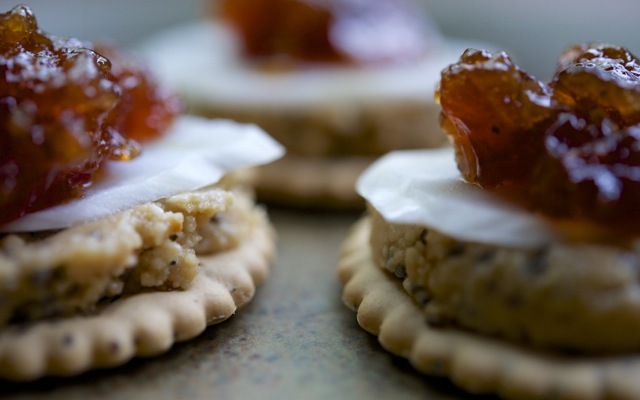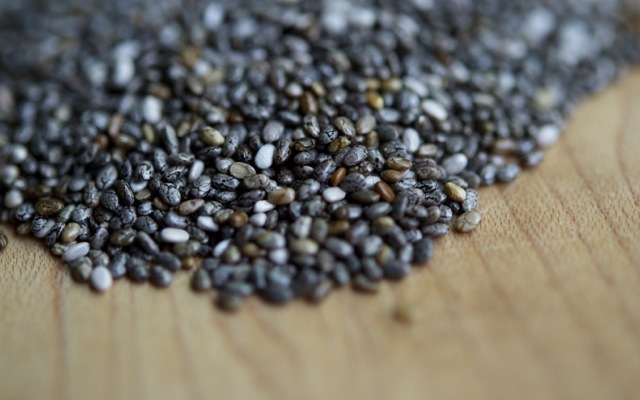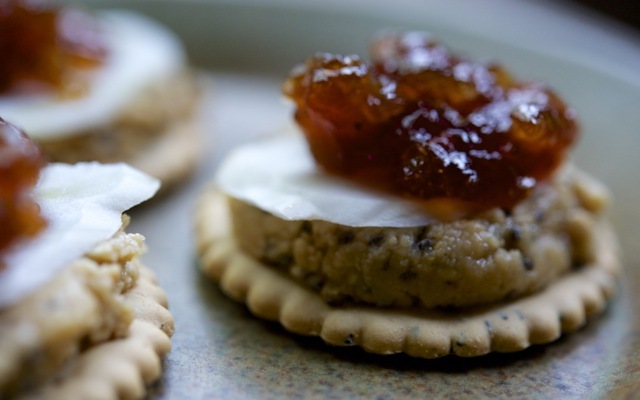5.19.13 Nutter Butter

photos by gluttonforlife
As I write this, it's another grey, drizzly day outside and the world is glowing with a jade-green intensity that is almost unsettling. The chartreuse hues of early spring are seductive. The lilac is blooming, sending out its sweet perfume. The columbines are about to unfurl their showy blossoms. The early morning birdsong is loud enough to wake the dead. Yesterday I dug into the damp earth and planted lavender, rosemary, lemon verbena and my beloved scented geraniums. Also a few purple-striped jack-in-the-pulpit, trillium and bloodroot that were carefully and respectfully foraged from a nearby woodland. Time in the garden is precious as I have been inundated with client work. It's also kept me from the kitchen and from you, dearest readers. I've got a new recipe for you, though it's nothing fancy. Just something simple and practical that has become a popular staple in our house.

not really a nut
Peanuts, or groundnuts, are actually legumes—part of the bean family. The oldest specimens were found in Peru, dated to about 7,600 years ago. They were introduced to China by Portuguese traders in the 17th century and have been hugely popluar there ever since. We think of peanut butter as being so American, right? But it's actually rather universal. Even the Aztecs ate it. What was once simply a pounded paste is now the result of a high-heat milling process that reduces the peanuts to a virtually fluid state. As it cools, it sets into that thick, creamy consistency we get in a jar. Some "natural" peanut butters add partially or fully hydrogenated vegetable oils to provide that same benefit of emulsion. Making your own allows you to control the quality of the ingredients and the amount of sugar. I like mine with some sweetness and was pleasantly surprised that just a couple of tablespoons of honey did the trick.

do you see the face?
Have you ever noticed that the little sprout inside a peanut looks exactly like an old Chinese man with a long beard? (The more widespread thinking is that it resembles Santa Claus.) It's actually the embryonic root.

go to seed
The increasingly popular chia seed, Salvia hispanica, is from a type of flowering plant in the mint family, native to Mexico and Guatemala. It's very high in omega-3 fatty acids and, like other seeds, contains some protein and good amounts of fiber, calcium and manganese. The taste is quite neutral, so what they contribute—aside from nutrients—is texture. When soaked in liquid chia seeds create a gelatinous mass that makes them ideal in puddings or to thicken smoothies. On their own, they add a nice nutty crunch to salads, baked goods and, yes, peanut butter.

middle-aged spread
Allergic reactions to peanuts are on the rise in America, to the extent that in many schools these classic nuts are now forbidden. Would it surprise you to know that this is being attributed to the way they are processed in this country? Apparently, high-temperature roasting causes peanuts' major allergen to inhibit the enzyme that helps digest them. Another hypothesis is that a lack of early childhood exposure to infectious agents like germs and parasites could be causing the overall increase in food allergies.
You can make this peanut butter with raw or roasted nuts—or other nuts, for that matter. I prefer a lightly roasted flavor and I like a little honey, a little salt and a little additional oil to create a smoother texture. You can leave this chunky, if you like. You can also use maple syrup or sorghum as a sweetener, and try other spicing. Smoky pimentón is delicious, as is a few dollops of sriracha.

afternoon delight
The texture is not as unctuous as that of jarred peanut butter which has been processed at very high temperatures, but if you patiently grind and grind, it becomes fairly smooth. I love it as a snack with celery, apple or banana; whisked into salad dressing; and in its most classic presentation, spread on toast or crackers with a little jam or jelly. My twist? Add a thin slice of fennel as a cool, crisp counterpoint. It's a childhood favorite, all grown up.
Peanut Butter with Chia Seeds
makes about 14 ounces
-
— 2 cups organic unsalted peanuts, lightly roasted
-
— 2 tablespoons chia seeds
-
— 2 tablespoons raw honey
-
— 1 teaspoon salt
-
— 2-3 tablespoons peanut or sesame oil
Combine peanuts, chia seeds, honey, salt and 2 tablespoons of the oil in the bowl of a food processor and process until very smooth. Taste for consistency and process with additional oil as needed to reach the creaminess you like. Store in a glass jar in the cupboard.
 Download Recipe
Download Recipe






 Download Recipe
Download Recipe






0 Comments